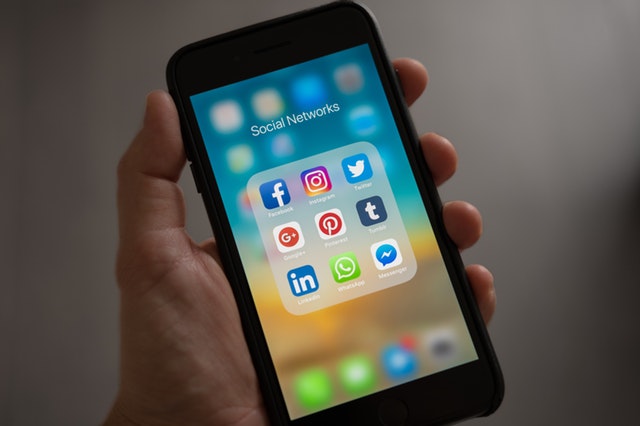In case
you're perusing this the year it was composed, you're more likely than not
getting it over 5G. In case you're perusing this later on, congratulations, you
made it. Furthermore, hello, recall polar bears?
5G systems are the up and coming age of portable web network, offering quicker
speeds and progressively solid associations on cell phones and different
gadgets than at any other time.
Consolidating
front line arrange innovation and the simple most recent research, 5G should
offer associations that are hoards quicker than flow associations, with normal
download velocities of around 1GBps expected to before long be the standard.
The
systems will help control a tremendous ascent in Internet of Things innovation,
giving the framework expected to convey immense measures of information,
considering a more astute and progressively associated world.
With
improvement well in progress, 5G systems are relied upon to dispatch over the
world by 2020, working close by existing 3G and 4G innovation to give speedier
associations that stay online regardless of where you are.
Fifth-generation
wireless, or 5G, is the latest iteration of cellular technology, engineered to
greatly increase the speed and responsiveness of wireless networks. With 5G,
data transmitted over wireless broadband connections could travel at rates as
high as 20 Gbps by some estimates -- exceeding wireline network speeds -- as
well as offer latency of 1 ms or lower for uses that require real-time
feedback. 5G will also enable a sharp increase in the amount of data
transmitted over wireless systems due to more available bandwidth and advanced
antenna technology.
Remote systems are made out of cell
locales separated into divisions that send information through radio waves.
Fourth-age (4G) Long-Term Evolution (LTE) remote innovation gives the
establishment to 5G. Not at all like 4G, which requires huge, high-control cell
towers to emanate motions over longer separations, 5G remote signs will be
transmitted by means of substantial quantities of little cell stations situated
in spots like light shafts or building rooftops. The utilization of different
little cells is important on the grounds that the millimeter wave range - the
band of range between 30 GHz and 300 GHz that 5G depends on to produce high
speeds - can just go over short separations and is liable to impedance from
climate and physical snags, similar to structures.
Past ages of remote innovation have
utilized lower-recurrence groups of range. To balance millimeter wave
difficulties identifying with separation and impedance, the remote business is
likewise considering the utilization of lower-recurrence range for 5G arranges
so organize administrators could utilize range they officially claim to work
out their new systems. Lower-recurrence range achieves more prominent
separations yet has bring down speed and limit than millimeter wave, in any
case.
Howdy, I’m Nick. I’m a software engineer living in Manhattan, New York. I am a fan of technology, photography, and design. I’m also interested in music and blogging.
visit my site: norton.com/setup
Regards: office.com/setup










No comments:
Post a Comment